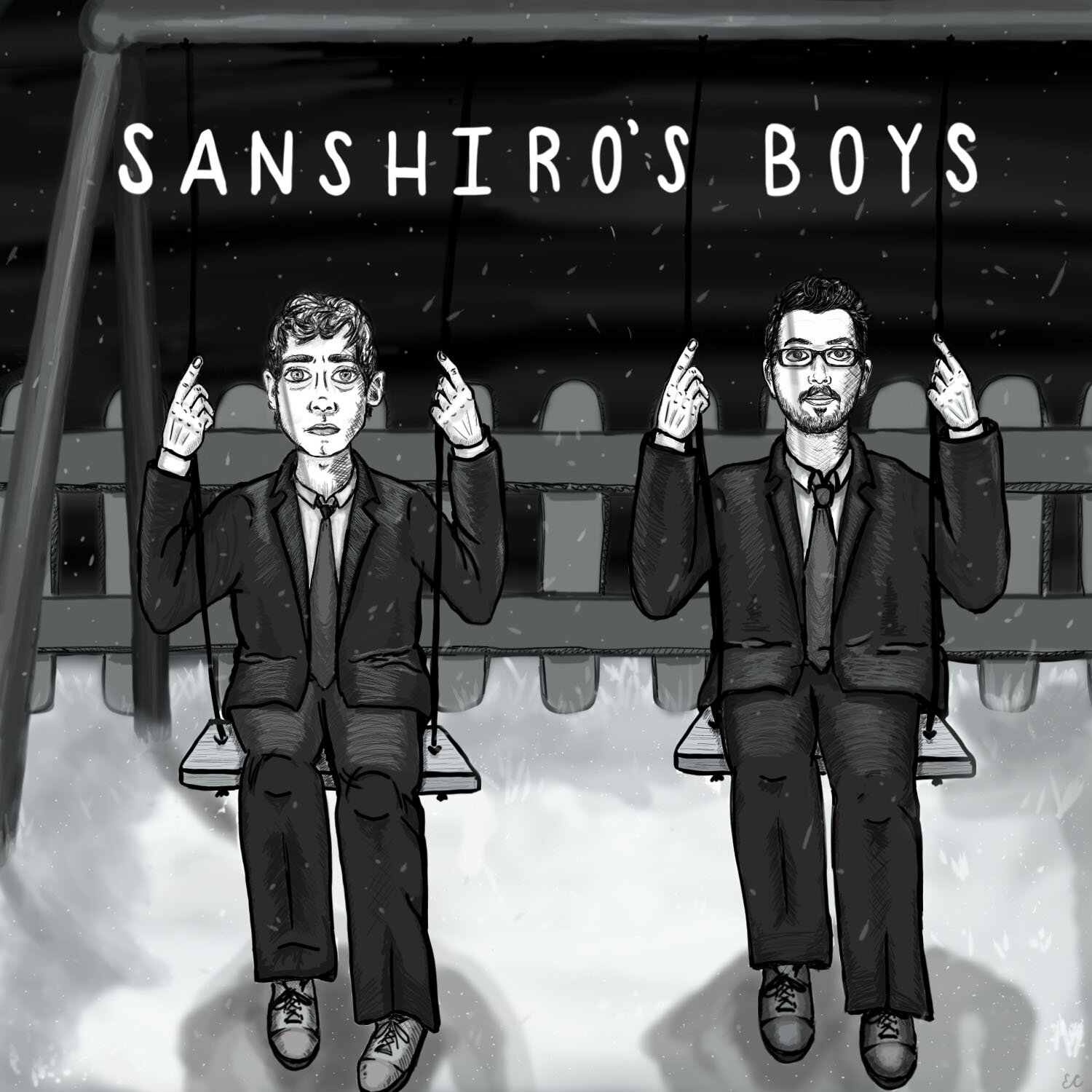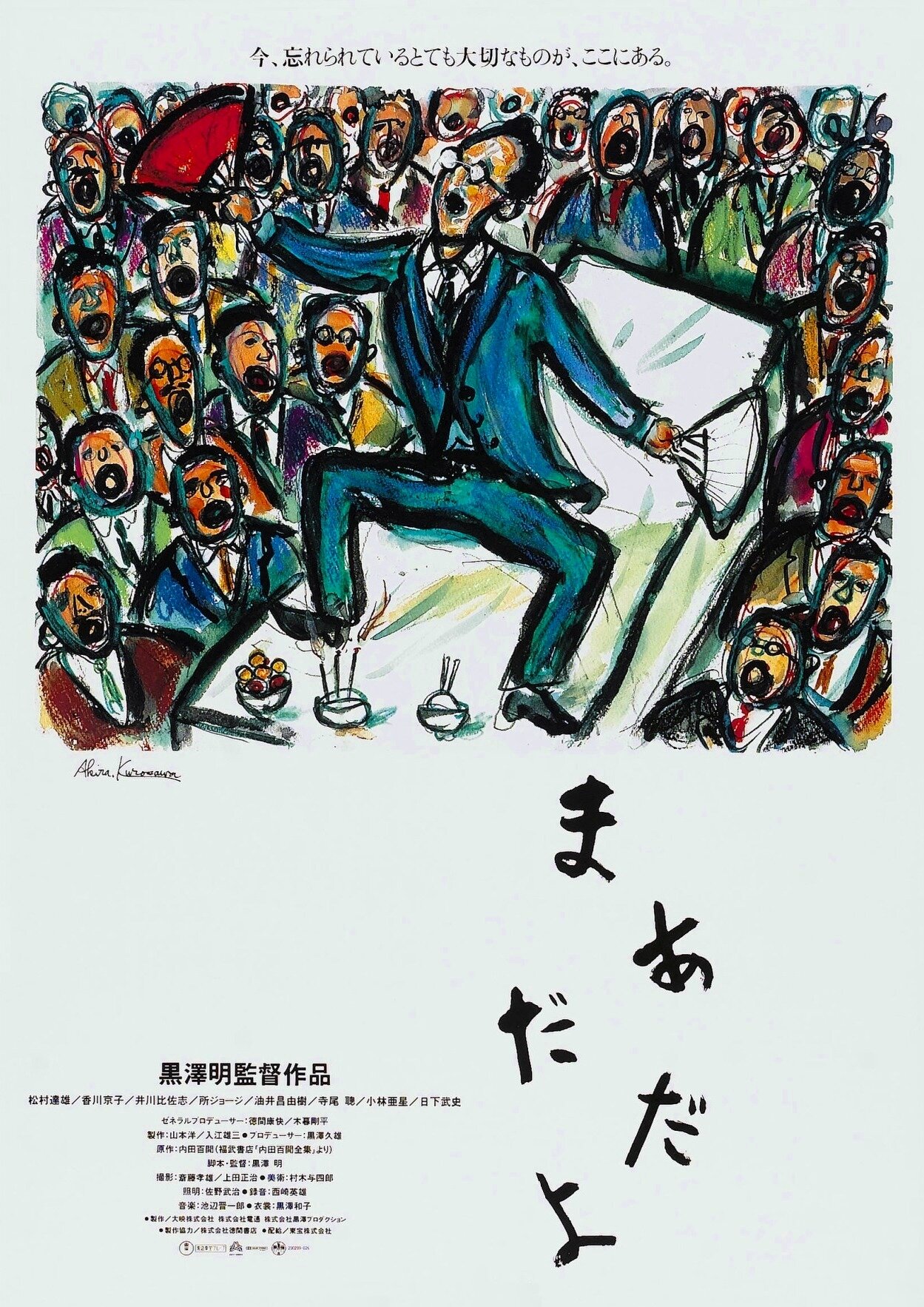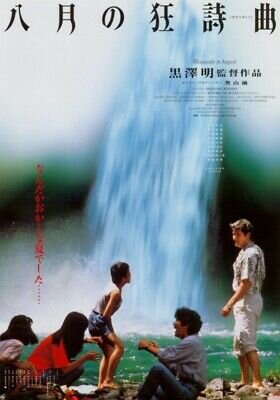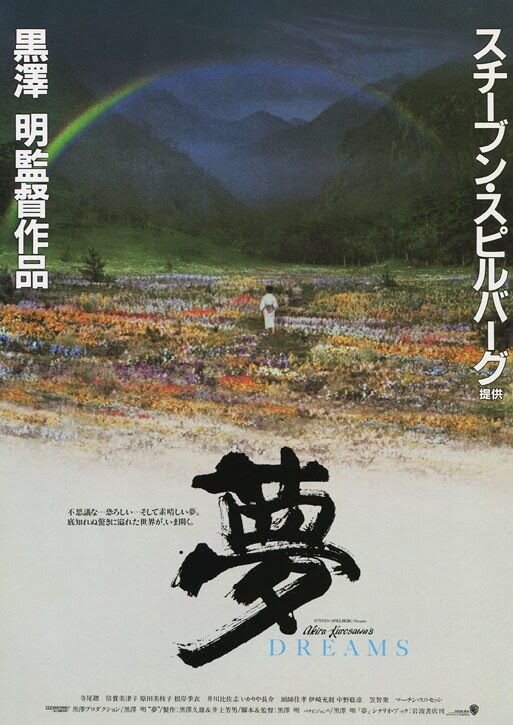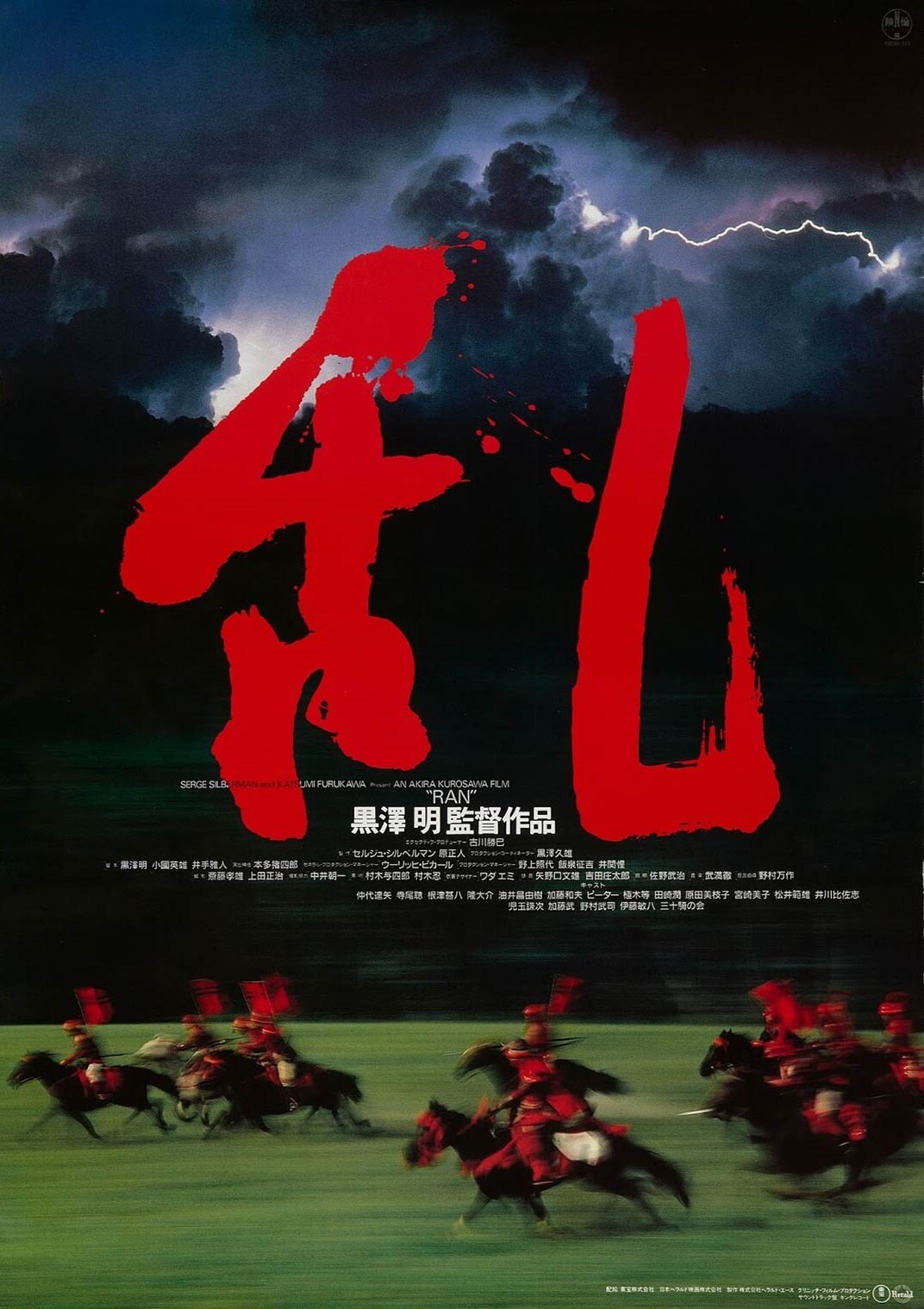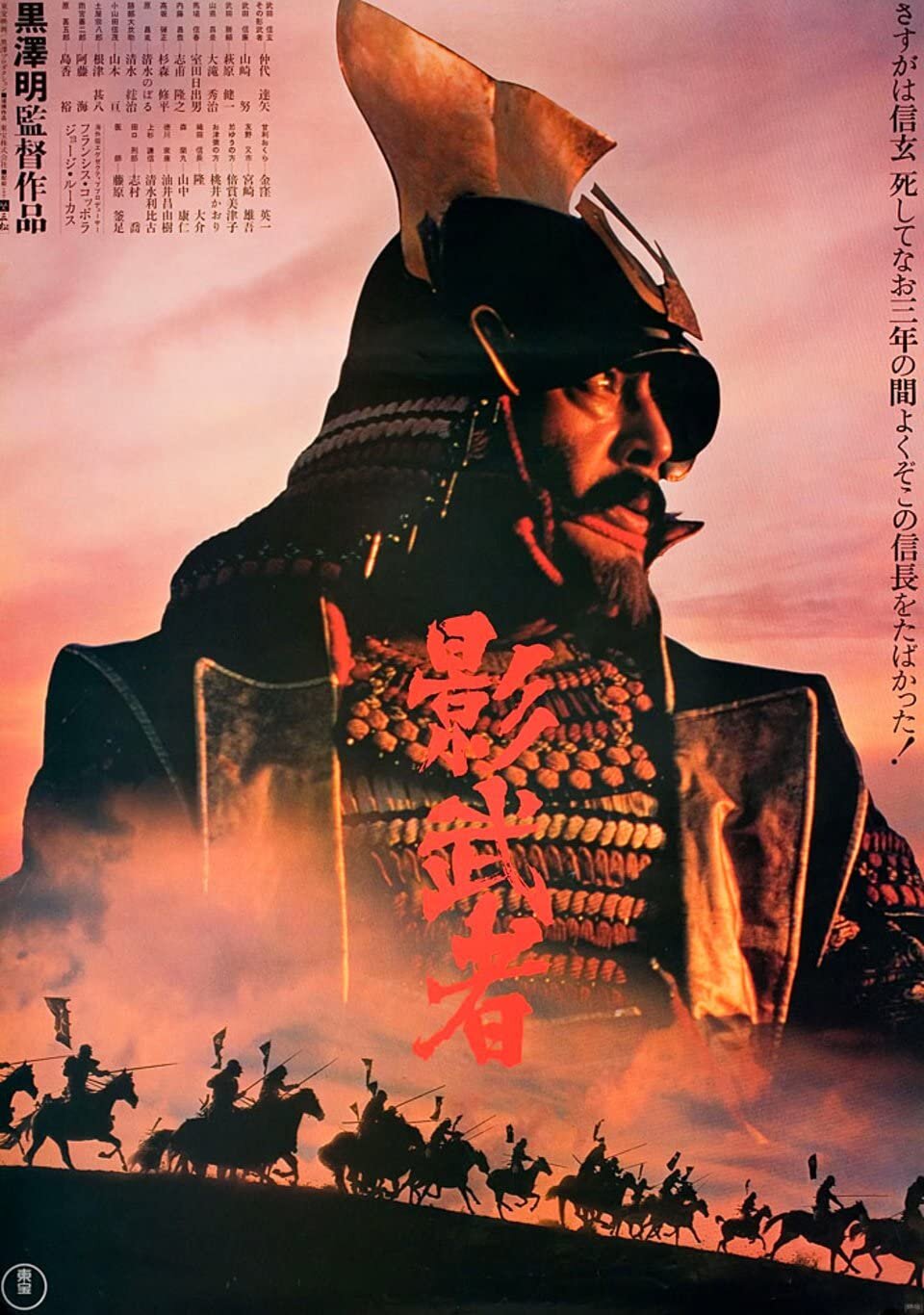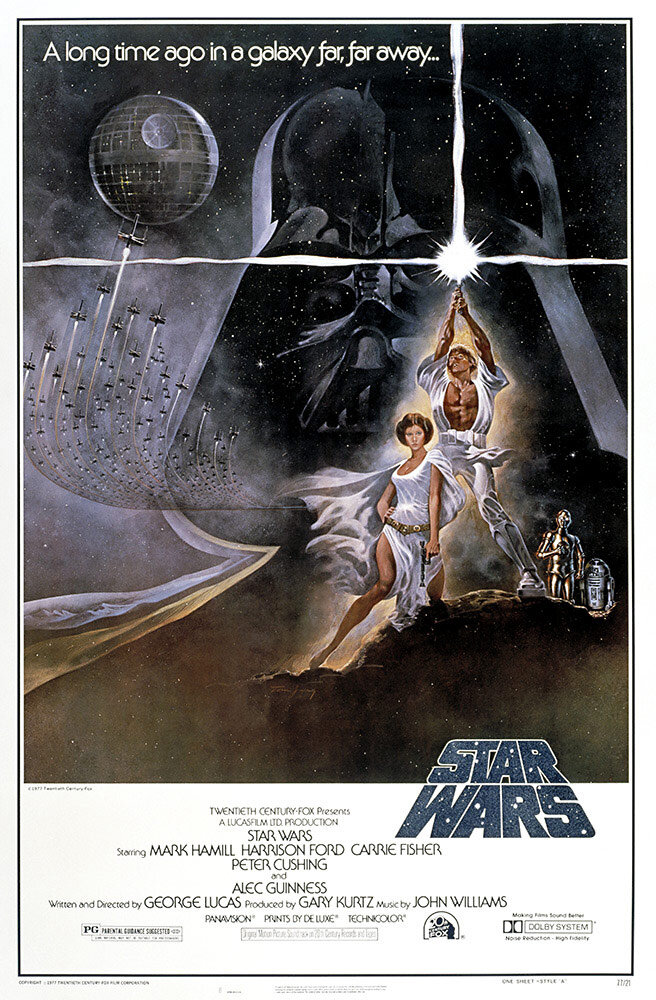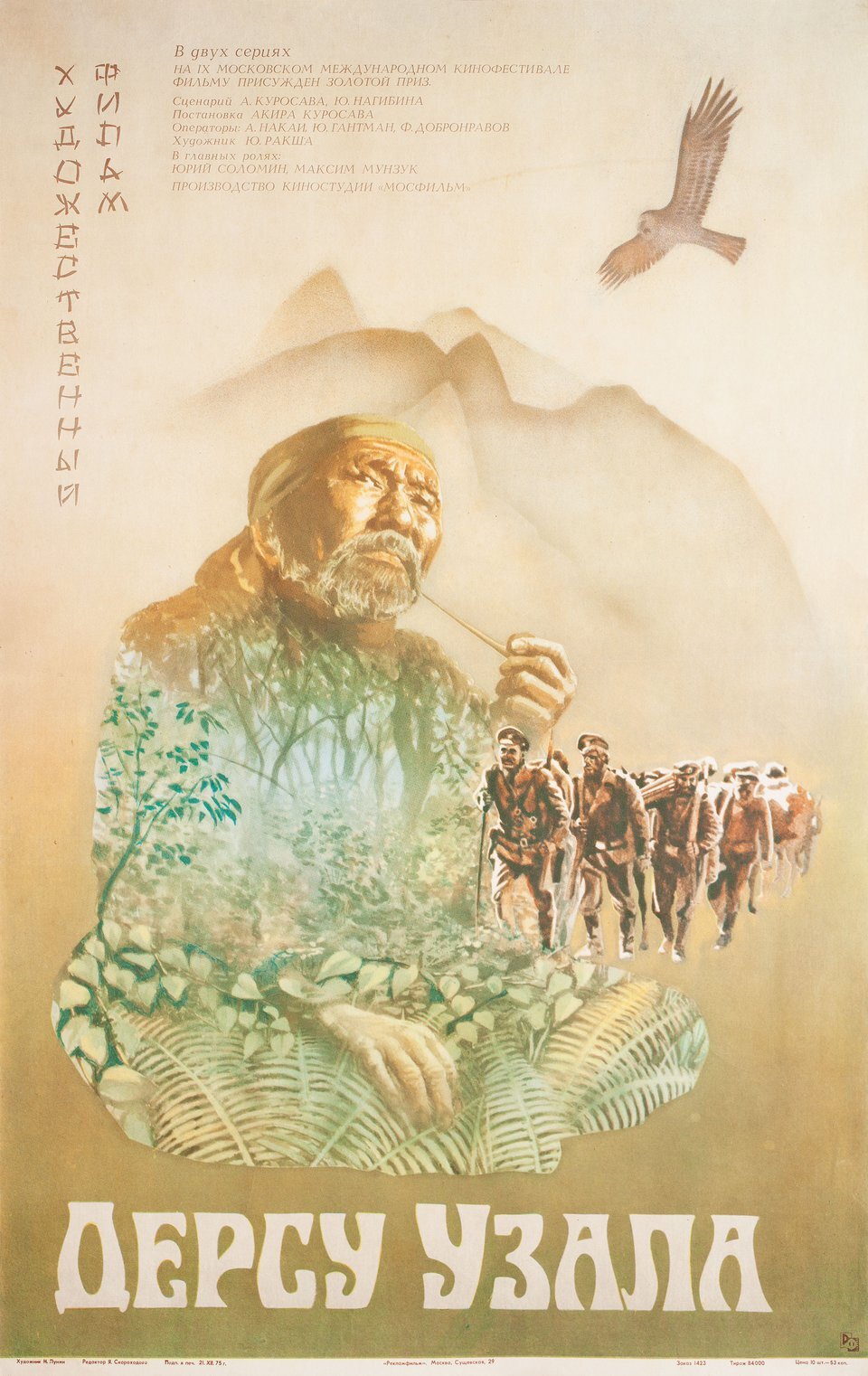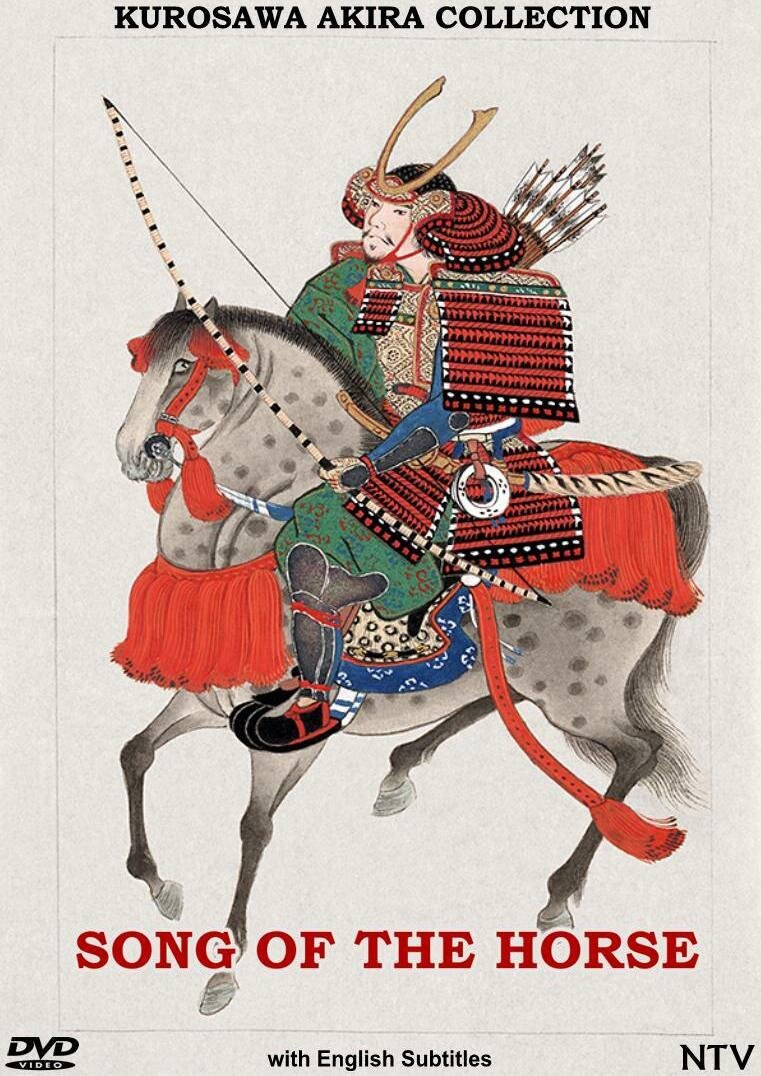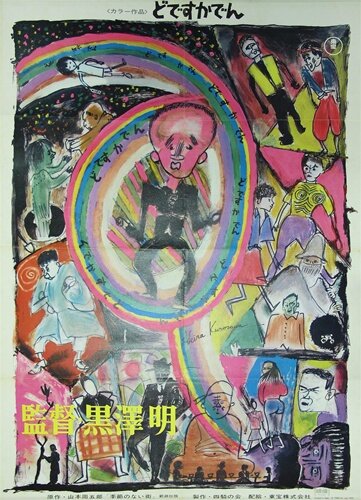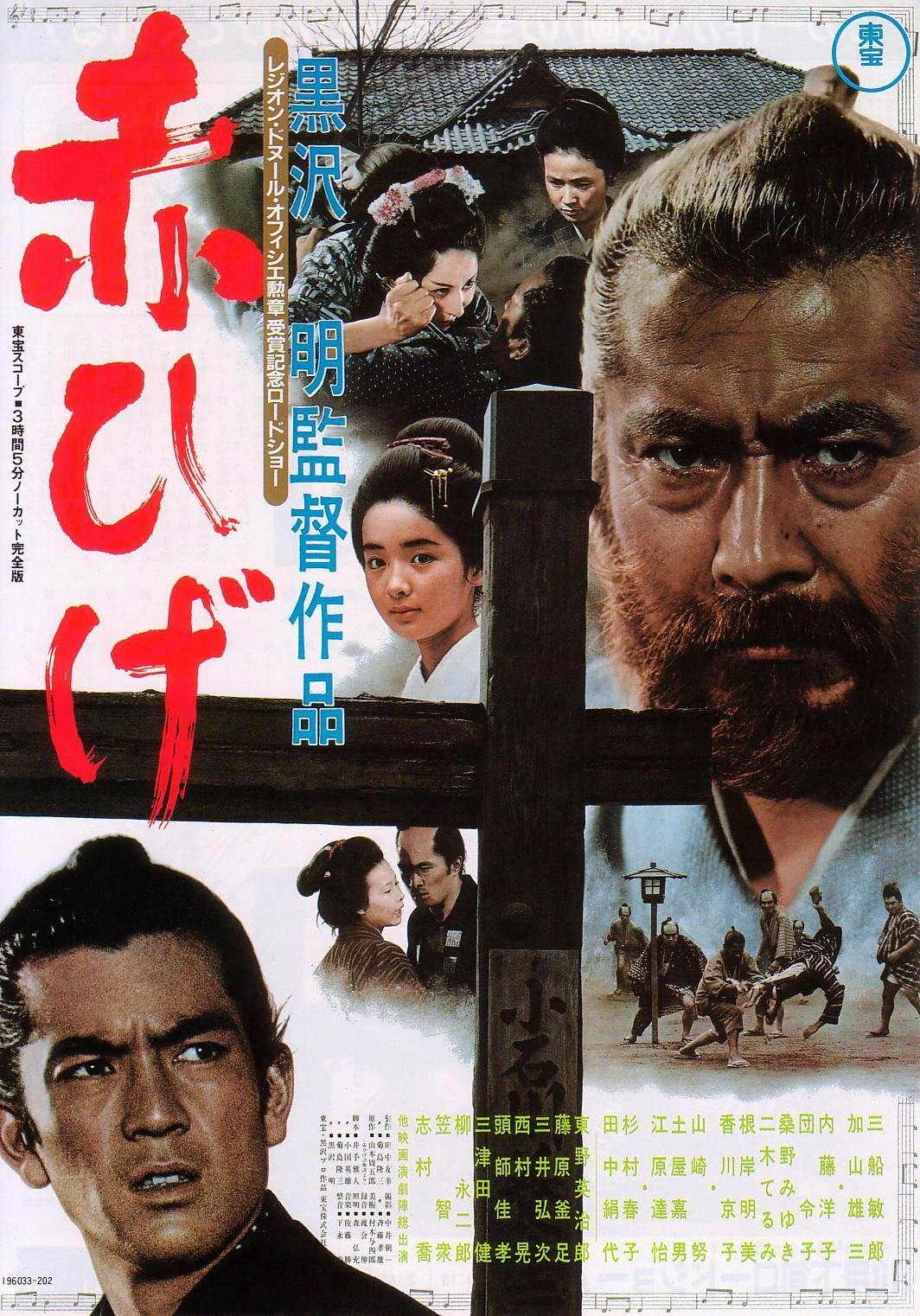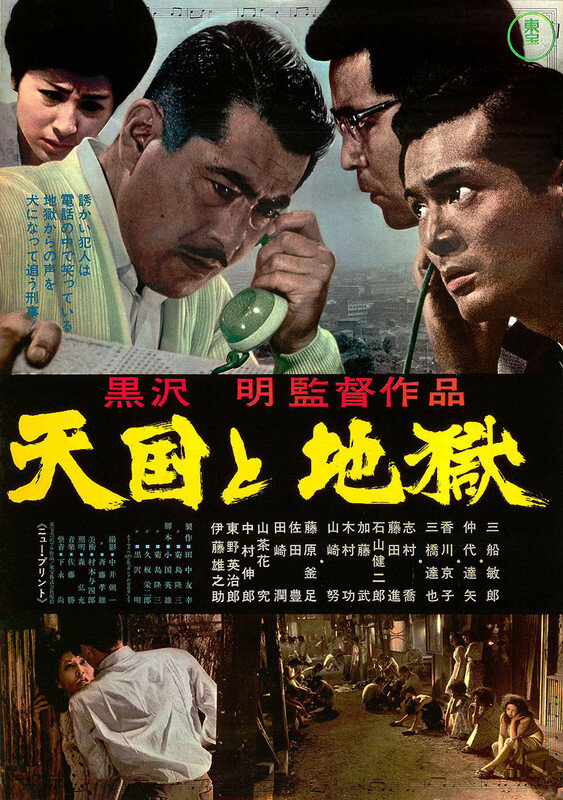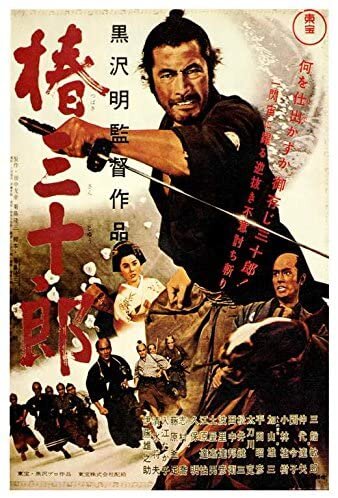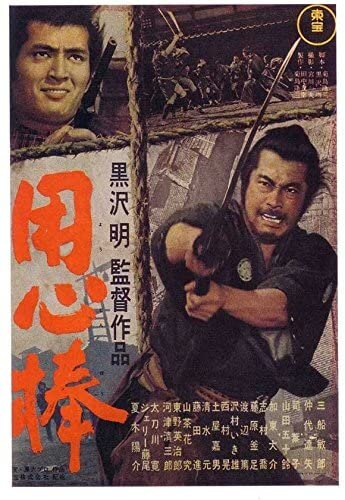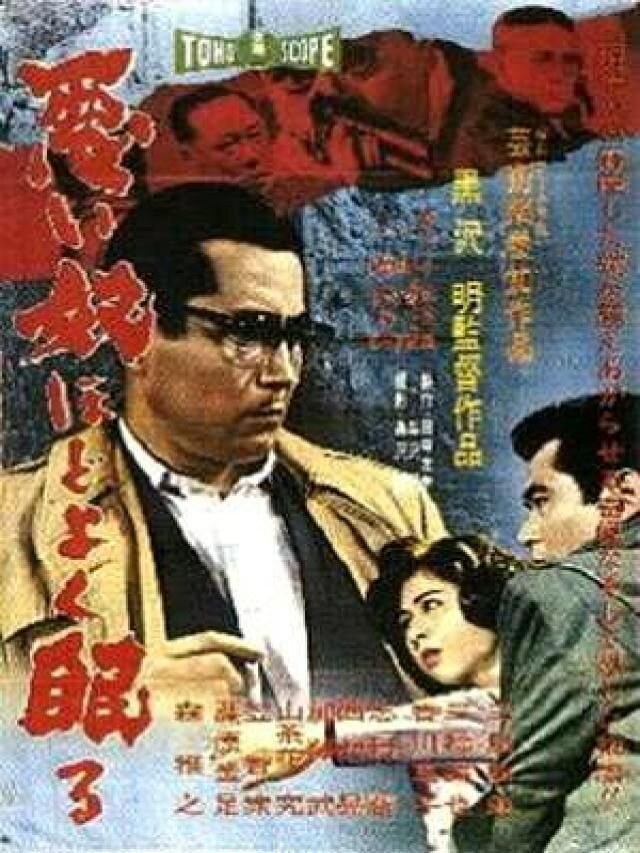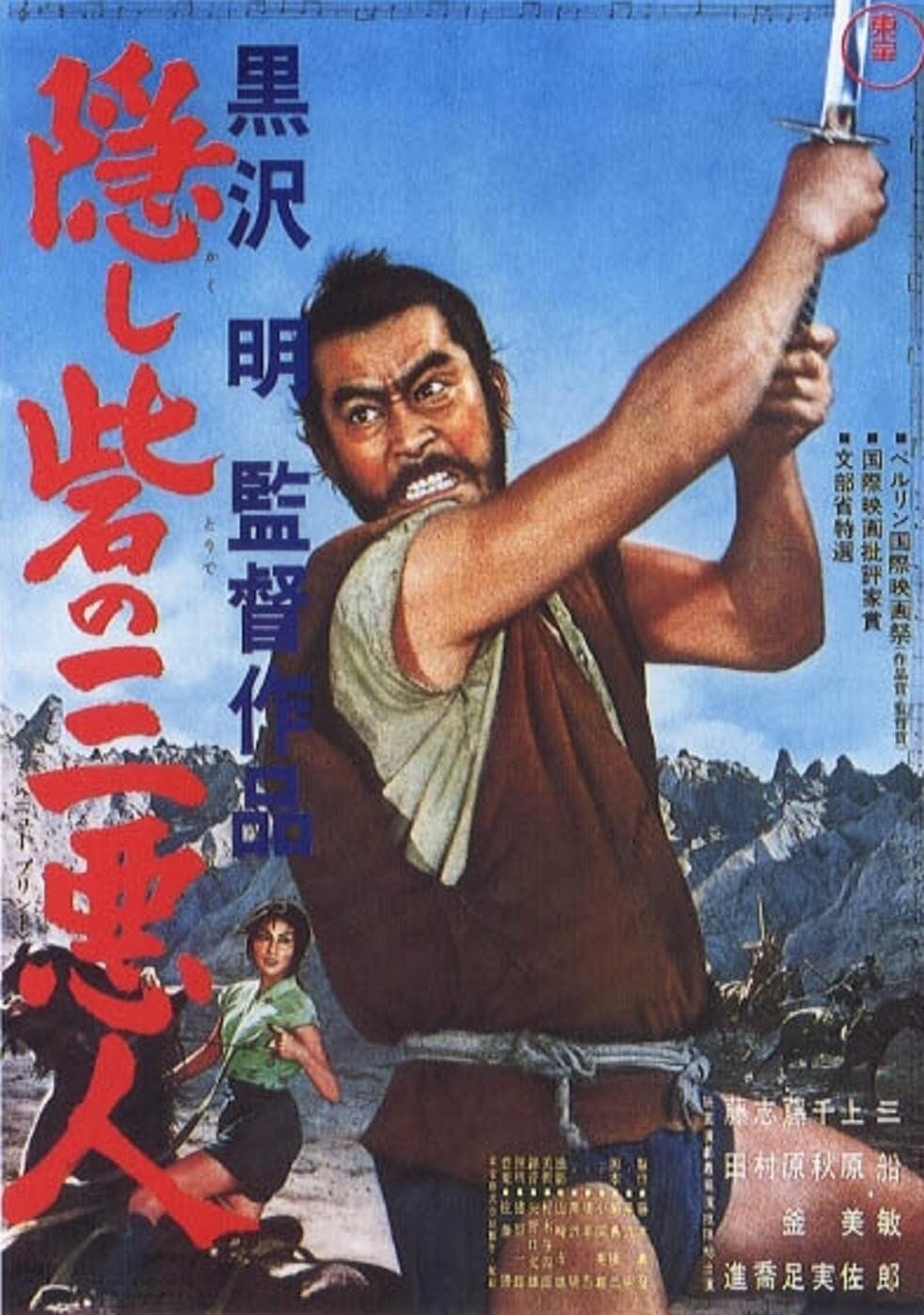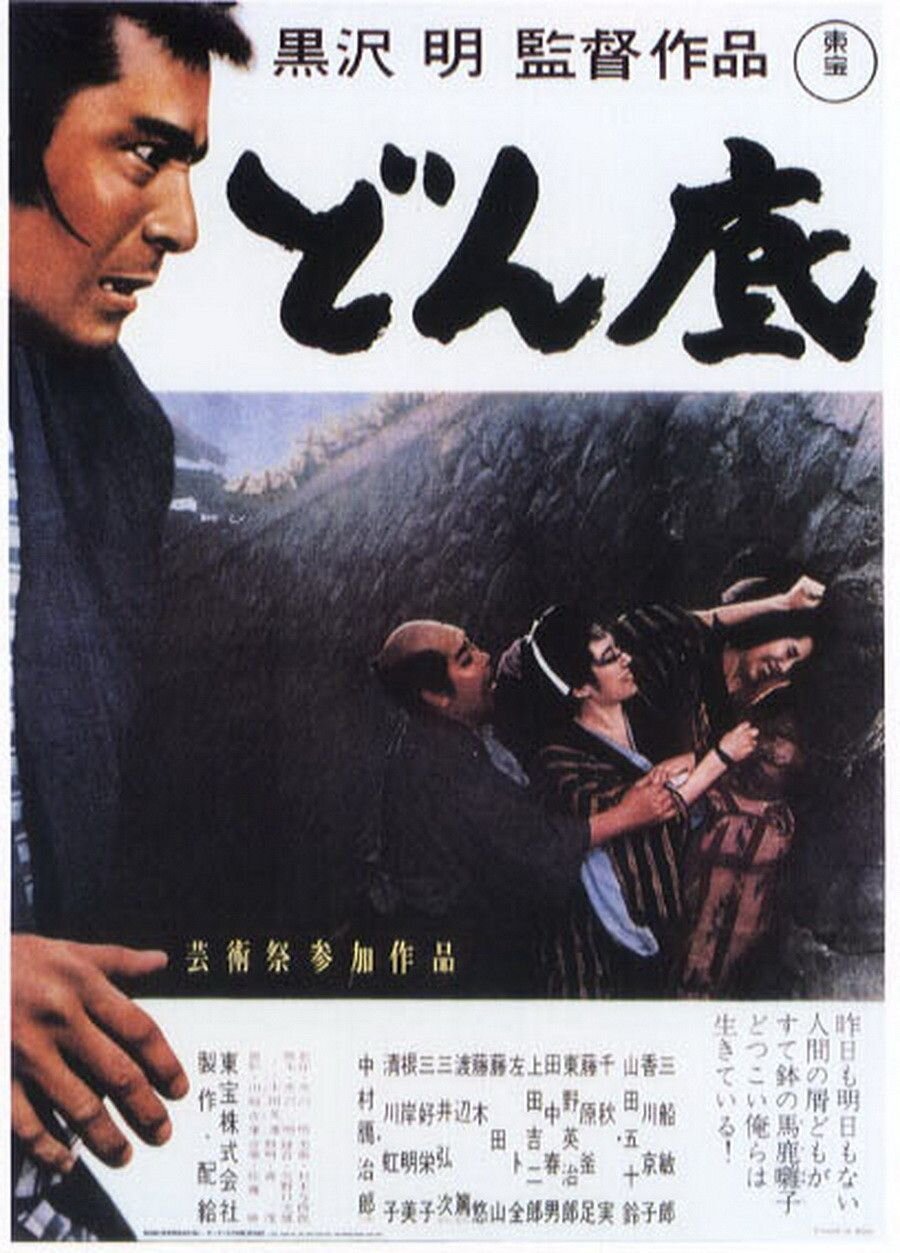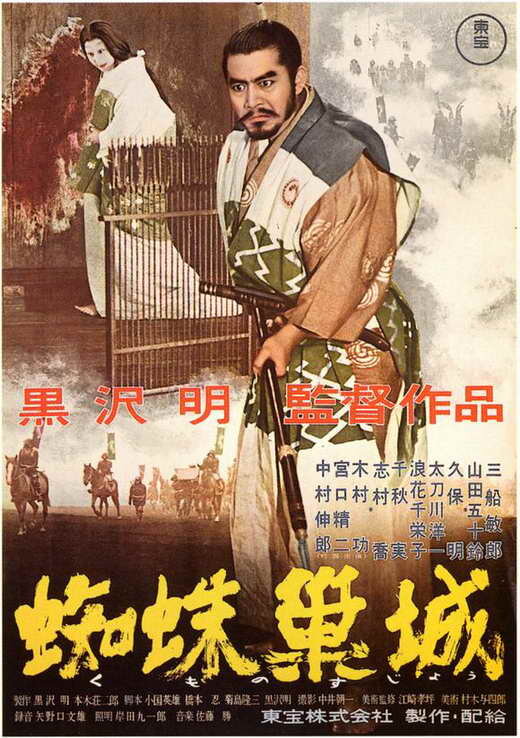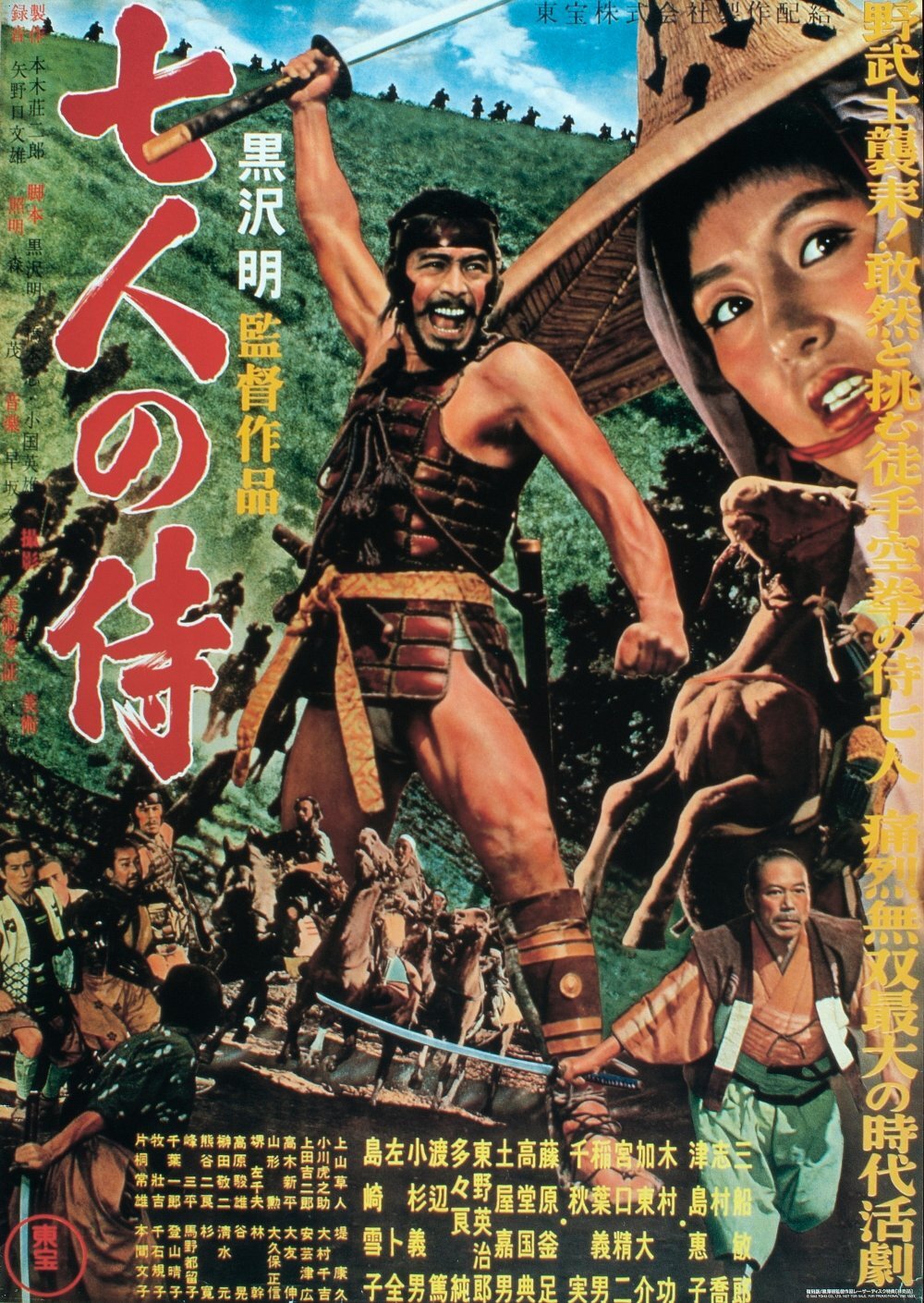After discussing every Akira Kurosawa film in detail on the show, we conclude our retrospective with the herculean task of trying to rank all of his films. Listeners, you’re in luck, because you’re getting two lists for the price of one! We each have our share of basic and hot takes, and hope that you have enjoyed going through this Japanese master’s filmography as much as we have. If we were able to teach you something new, introduce you to a film you otherwise may not have seen, or even just give you a chuckle every once in a while, we want to thank you for listening to Sanshiro’s Boys.
Listen here: https://linktr.ee/sanshirosboys
Be sure to leave a comment and let us know how you’d rank Akira Kurosawa’s films! If you want to keep up with what we’re watching now that this project is over you can email us at sanshirosboyspodcast@gmail.com or find us on social media
Tim’s Letterboxd - timothyamatulli
Chris’ Letterboxd - coolgeese
Chris’ Twitter - @coolgeese
